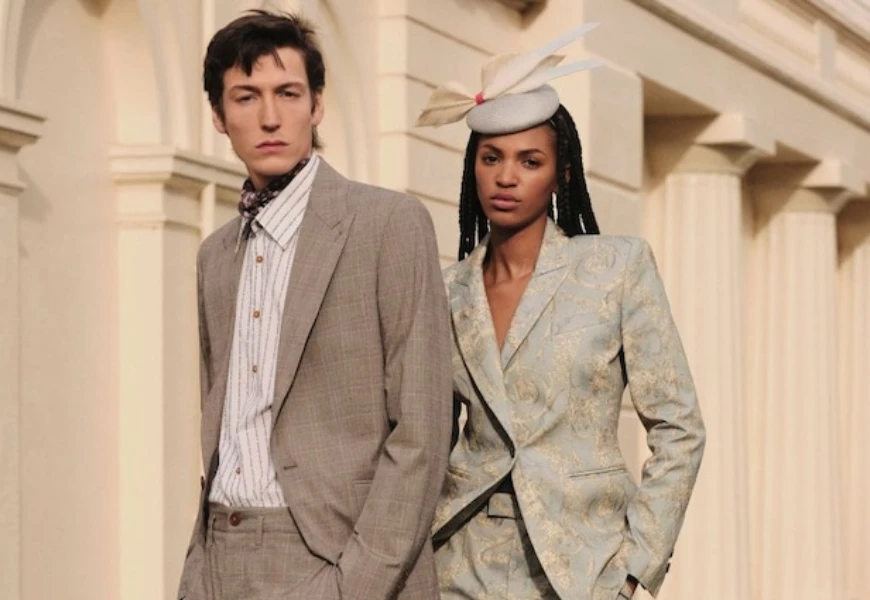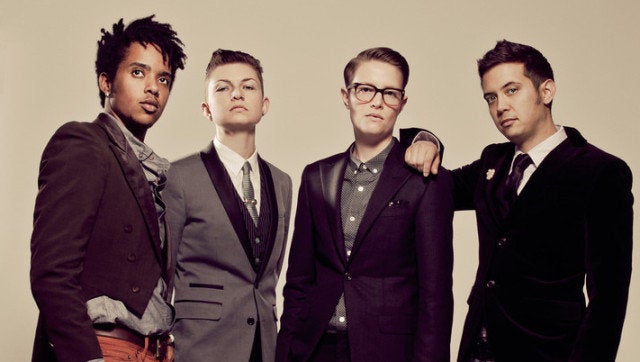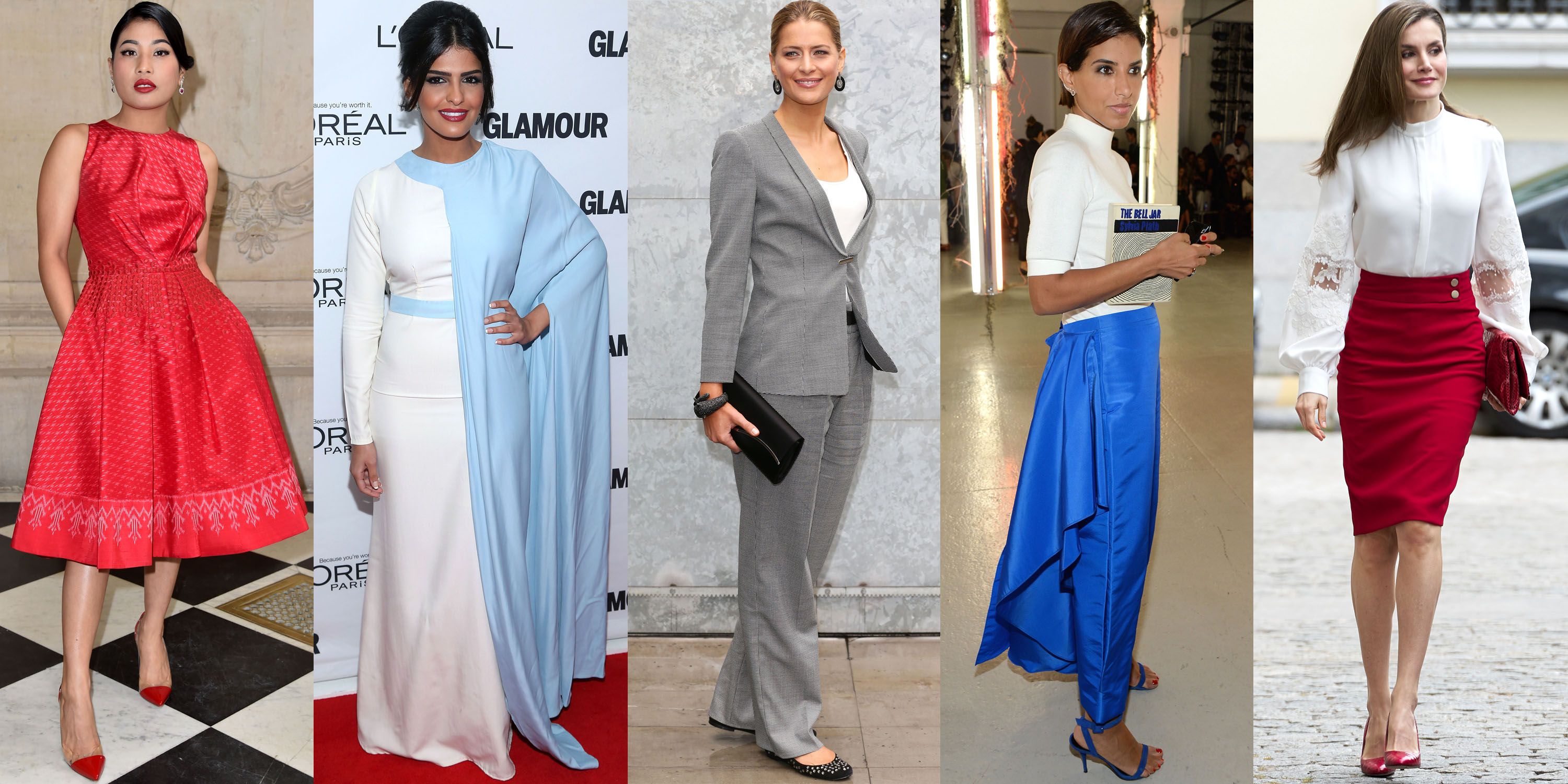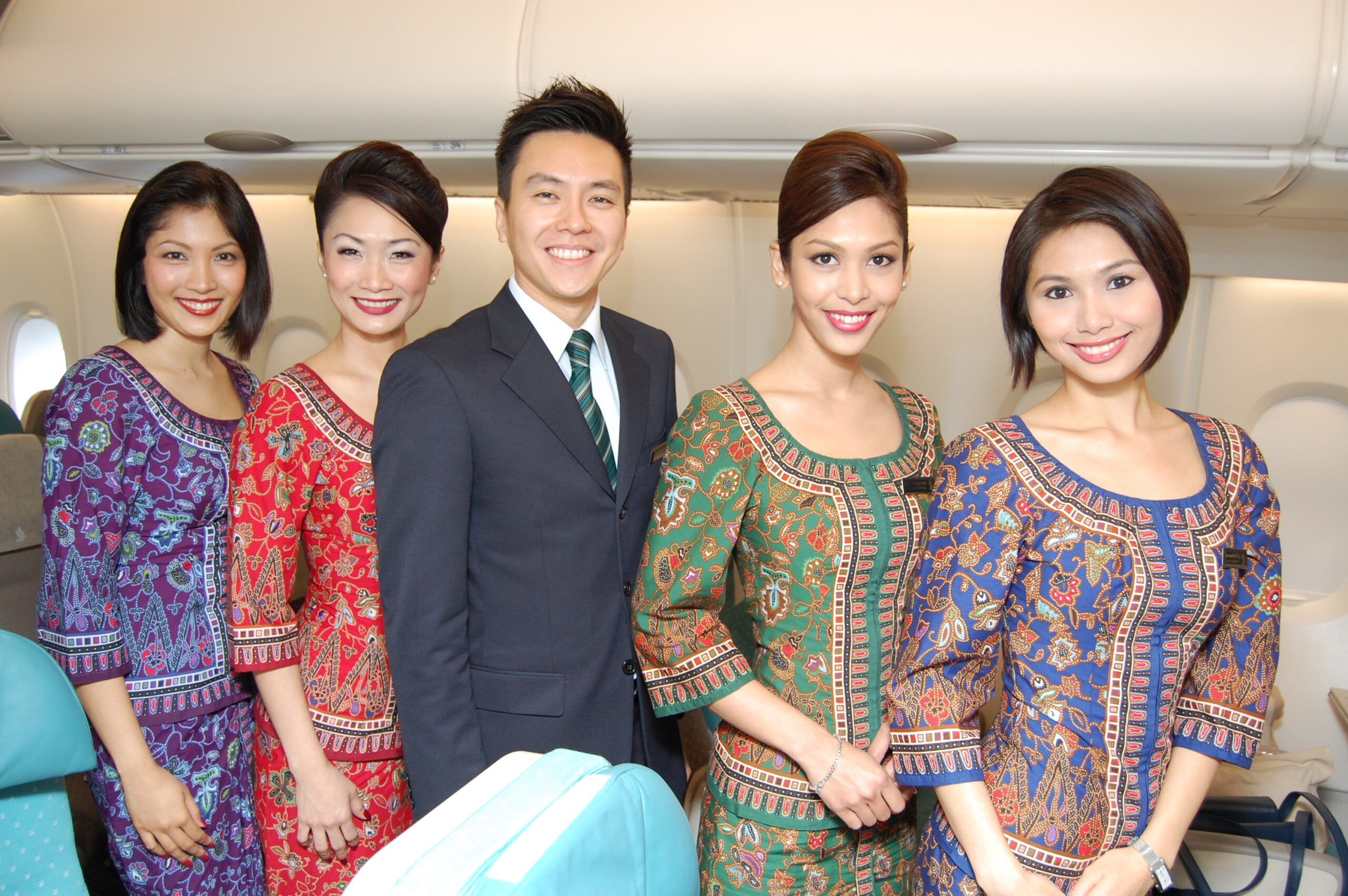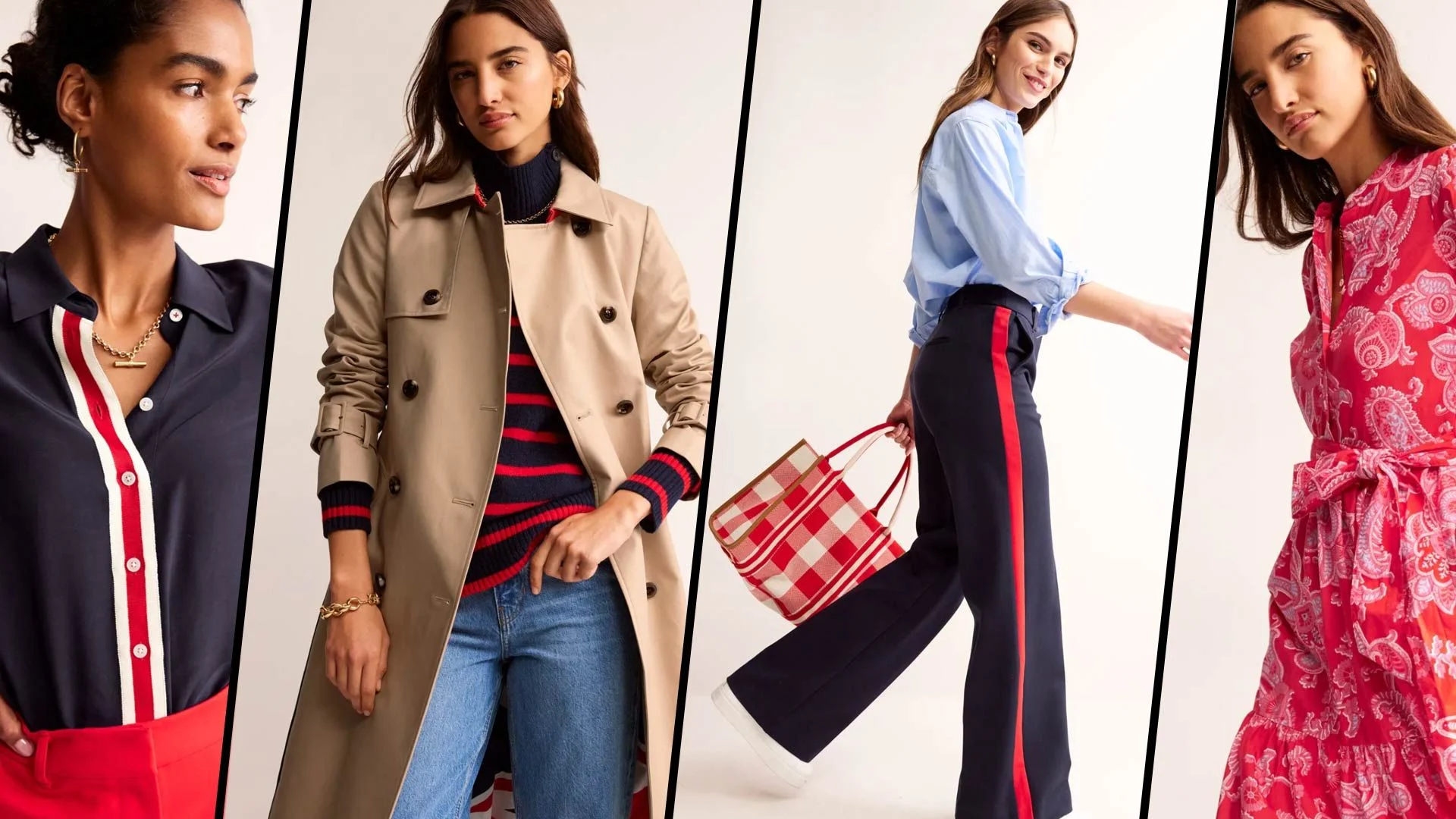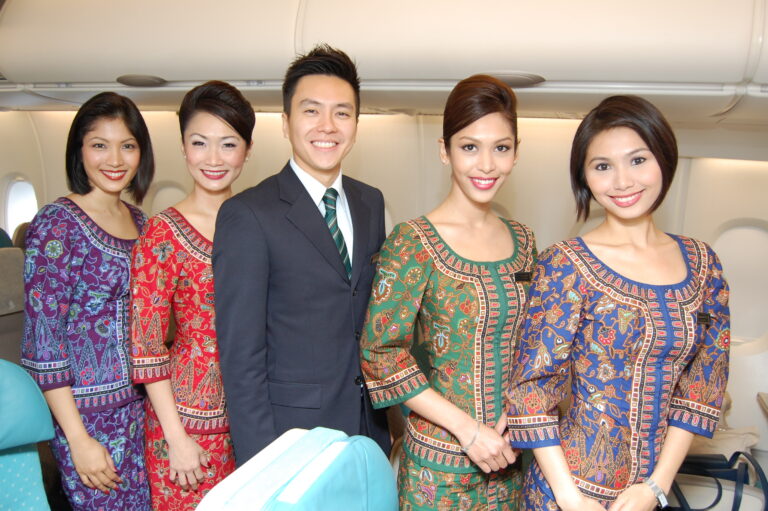In the illustrious world of royal fashion, the interplay between gender identity and regal attire has woven a rich tapestry of style, tradition, and evolution. From the structured military uniforms of male monarchs to the ethereal gowns adorning princesses, royal fashion reflects a dynamic fusion of masculinity and femininity across different eras and cultures. Let’s embark on a journey through time and explore the diverse array of royal fashion trends and styles that have shaped the sartorial landscape of royalty.
Masculine Tailoring: Power and Prestige Through the Ages
Throughout history, masculine tailoring has been synonymous with power, prestige, and authority in royal circles. From the ornate doublets and hose of the Tudor era to the impeccably tailored suits of modern-day monarchs, male royals have long favored structured silhouettes and meticulous craftsmanship in their attire.
During the Renaissance period, European monarchs such as King Henry VIII of England and King Francis I of France set the trend for opulent court attire, characterized by rich fabrics, elaborate embroidery, and exaggerated silhouettes. Henry VIII, in particular, was renowned for his lavish wardrobe, which included sumptuous velvet robes adorned with intricate brocade and jewels.
In the 19th century, the Victorian era ushered in a new era of masculine tailoring, with monarchs like Queen Victoria and Prince Albert popularizing the frock coat and waistcoat as staples of formal attire. The rigid hierarchy of Victorian society dictated strict dress codes for male royals, who were expected to adhere to conservative styles and subdued colors in their wardrobe choices.
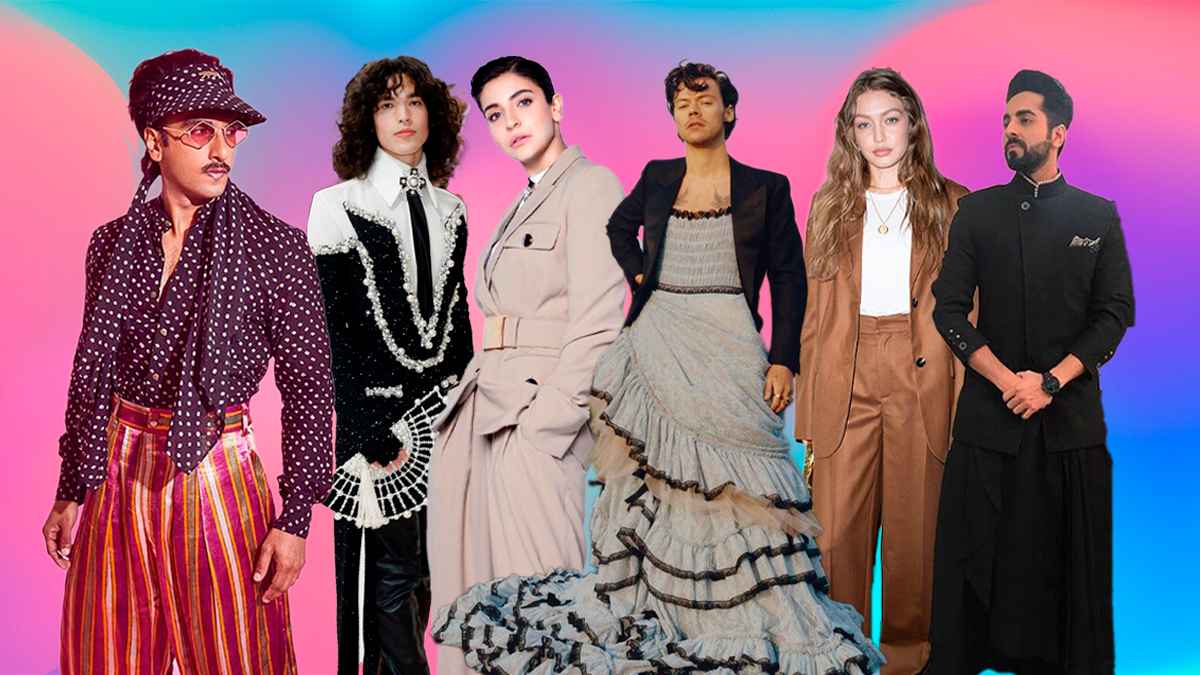
Fast forward to the present day, and we see modern male royals embracing a more diverse range of fashion choices, from tailored suits and military uniforms to casual attire and sportswear. Princes William and Harry of the British royal family, for example, are often seen sporting stylish suits and smart casual ensembles, reflecting a contemporary approach to royal fashion that embraces both tradition and innovation.
Feminine Silhouettes: Grace and Elegance Through the Ages
In contrast to the structured masculinity of royal menswear, feminine silhouettes have long epitomized grace, elegance, and femininity in royal fashion. From the flowing gowns of medieval queens to the sleek dresses of modern-day princesses, royal women have embraced a diverse array of styles and trends throughout history.
During the medieval period, royal women adorned themselves in sumptuous robes and elaborate headdresses, reflecting the opulence and grandeur of the court. Queens such as Eleanor of Aquitaine and Catherine de’ Medici set the standard for regal attire, with their luxurious fabrics, intricate embroidery, and voluminous skirts commanding attention wherever they went.
In the 20th century, the glamour of Hollywood and the allure of haute couture influenced royal fashion trends, with iconic figures such as Queen Elizabeth II and Princess Grace of Monaco captivating audiences with their impeccable style and sophistication. Queen Elizabeth II, in particular, became a fashion icon in her own right, with her elegant gowns and chic accessories setting the standard for royal elegance.
Today, female royals continue to inspire with their fashion choices, blending tradition with modernity in their attire. The Duchess of Cambridge, Kate Middleton, for example, is celebrated for her timeless elegance and sophisticated style, often opting for classic silhouettes and feminine prints in her wardrobe choices. Similarly, Princess Charlene of Monaco exudes modern glamour with her sleek and streamlined ensembles, showcasing a contemporary approach to royal fashion that embraces simplicity and sophistication.
In Conclusion: A Tapestry of Tradition and Innovation
Royal fashion is a reflection of the times, a tapestry woven from the threads of tradition, innovation, and evolution. From the structured masculinity of medieval knights to the feminine elegance of modern-day princesses, regal attire continues to captivate and inspire audiences around the world. As gender norms evolve and societal attitudes shift, so too will the fashion choices of royals, ensuring that the legacy of royal fashion endures for generations to come.
